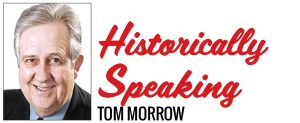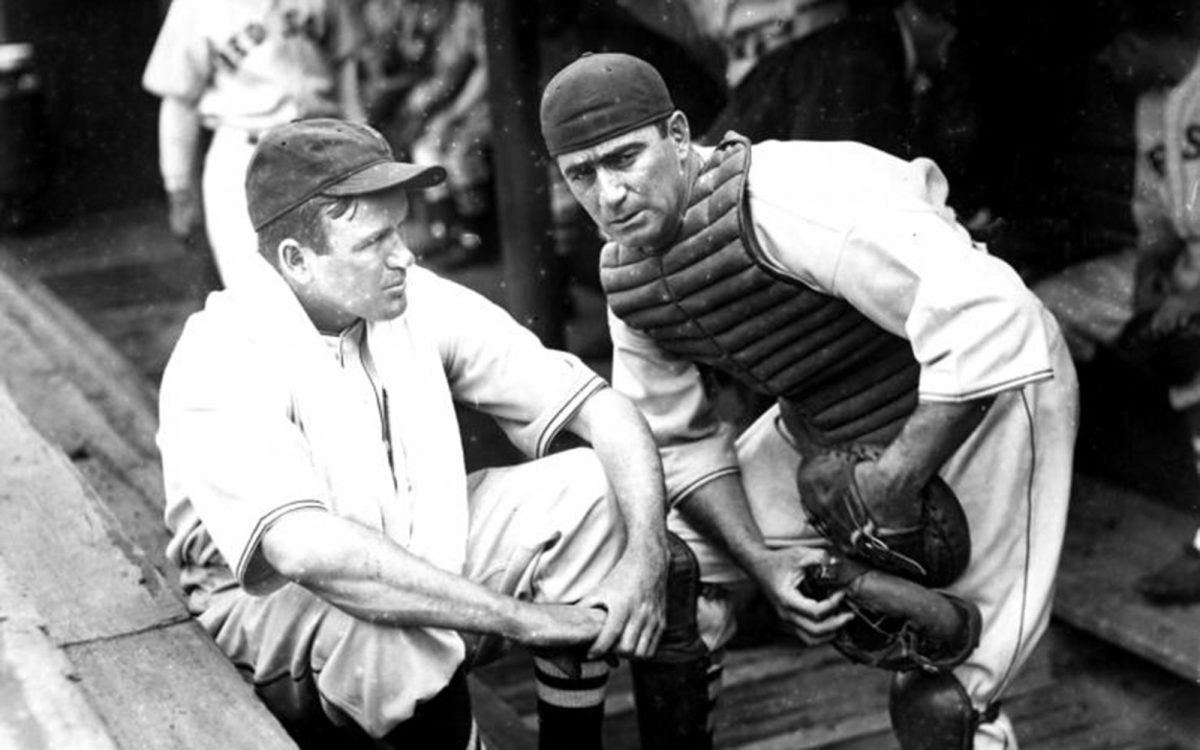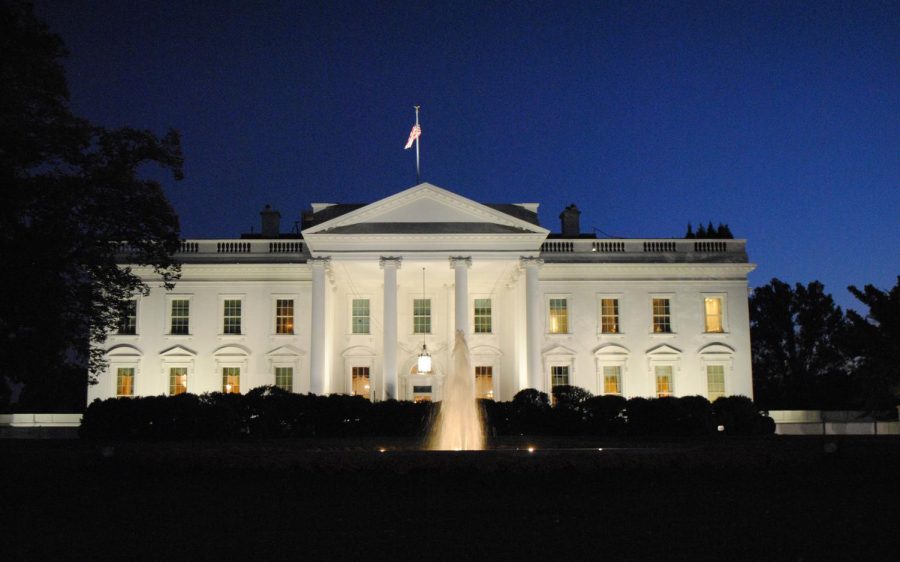When baseball greats Babe Ruth and Lou Gehrig went on tour in 1934 in baseball-crazy Japan, some in the U.S. sporting world wondered why Moe Berg, a third-rate catcher, was included on the team. Although he played with five major-league teams from 1923 to 1939, Berg was considered mediocre, but he was regarded as the brainiest ballplayer of all time.
New York Yankees manager Casey Stengel once said: “He is the strangest man ever to play baseball.”
Berg was a U.S. spy working undercover with the Office of Strategic Services, forerunner of the CIA. Berg spoke 15 languages, including Japanese. And he had two loves: baseball and spying.
In Tokyo, garbed in a kimono, Berg took flowers to the daughter of an American diplomat being treated in St. Luke’s Hospital — the tallest building in the Japanese capital. He never delivered those flowers. Instead, Berg ascended to the hospital roof and filmed key features such as the harbor in Tokyo Bay, military installations and railway yards.
 Eight years later, U.S. Army Air Corps Lt. Col. Jimmy Doolittle studied Berg’s films in planning his spectacular raid over Tokyo in 1942.
Eight years later, U.S. Army Air Corps Lt. Col. Jimmy Doolittle studied Berg’s films in planning his spectacular raid over Tokyo in 1942.
During his youth, Berg’s father disapproved of his baseball career and never once watched his son play. In high school, Berg learned Latin, Greek and French. As an adult, he read at least 10 newspapers every day.
Berg was undoubtedly the most educated ballplayer ever at the major-league level. To describe Berg as being smart would be an understatement. He graduated magna cum laude from Princeton University, having added Spanish, Italian, German and Sanskrit to his linguistic quiver. During further studies at the Sorbonne in Paris, and later Columbia Law School, he picked up Japanese, Chinese, Korean, Indian, Arabic, Portuguese and Hungarian — 15 languages in all, plus some regional dialects.
While playing baseball for Princeton, Moe Berg would describe plays in Latin or the ancient language of Sanskrit to fellow players sitting on the bench.
The OSS quickly determined Berg to be the best of candidates for being a spy. During World War II, Moe was parachuted into Yugoslavia to assess the value to the war effort of the two groups of partisans there.
He reported back that Marshall Tito’s forces were widely supported by the people, and Winston Churchill ordered all-out support for the Yugoslav underground fighter.
At the age of 41, the parachute jump undoubtedly was a challenge, but there would be more to come in that same year of 1942.
Berg penetrated German-held Norway, met with members of the underground and located a secret heavy-water plant, which was part of the Nazis’ effort to build an atomic bomb. His information guided the Royal Air Force in a bombing raid over Norway, which destroyed the heavy-water plant targeted by Berg.
There still remained the question of how far the Nazis had progressed in the race to build the first atomic bomb. The problem was, “If the Nazis were successful at building the bomb they would win the war.”
Berg (under the code name “Remus”) was sent to Switzerland to attend a conference where leading German physicist Werner Heisenberg, who was a Nobel Laureate, was lecturing. Berg was to determine if the Nazis were close to building an A-bomb. Berg managed to slip past the SS guards at the auditorium posing as a Swiss graduate student. In his pocket, Berge carried a pistol and a cyanide pill.
If the German scientist indicated the Nazis were close to building an atomic weapon, Berg was ordered to shoot him, and then swallow the cyanide pill. Berg was sitting in the front row of the assembled scientists. He quickly determined the Germans were nowhere near their goal, so after complimenting Heisenberg on his speech, Berg walked with the German back to his hotel as they talked casually about the lecture.
After the war, it was determined by the OSS that Heisenberg, a Jew, had somehow blocked the Nazis from developing an atomic weapon.
Moe Berg’s report was distributed to President Franklin Roosevelt, Britain’s Prime Minister Winston Churchill and other key figures in the Manhattan Project working to develop the atomic bomb.
Roosevelt told OSS director Gen. “Wild Bill” Donovan: “Give my regards to the catcher.”
Most of Germany’s leading physicists had been Jewish and had fled the Nazis, mainly to Britain and the United States. After the war, Berg was awarded the Medal of Freedom, America’s highest honor for a civilian during wartime, but Berg refused to accept it because he couldn’t tell people about his exploits.
After his death on May 29, 1972, Berg’s sister accepted the medal, which is now displayed in the Baseball Hall of Fame, in Cooperstown, New York.
This little-known World War II story has been made into a movie, “The Catcher Was a Spy,” starring Paul Rudd, which is available on Amazon Prime streaming service.
Tom Morrow is a longtime Oceanside-based journalist and author.
Columns represent the views of the individual writer and do not necessarily reflect those of the North Coast Current’s ownership or management.






